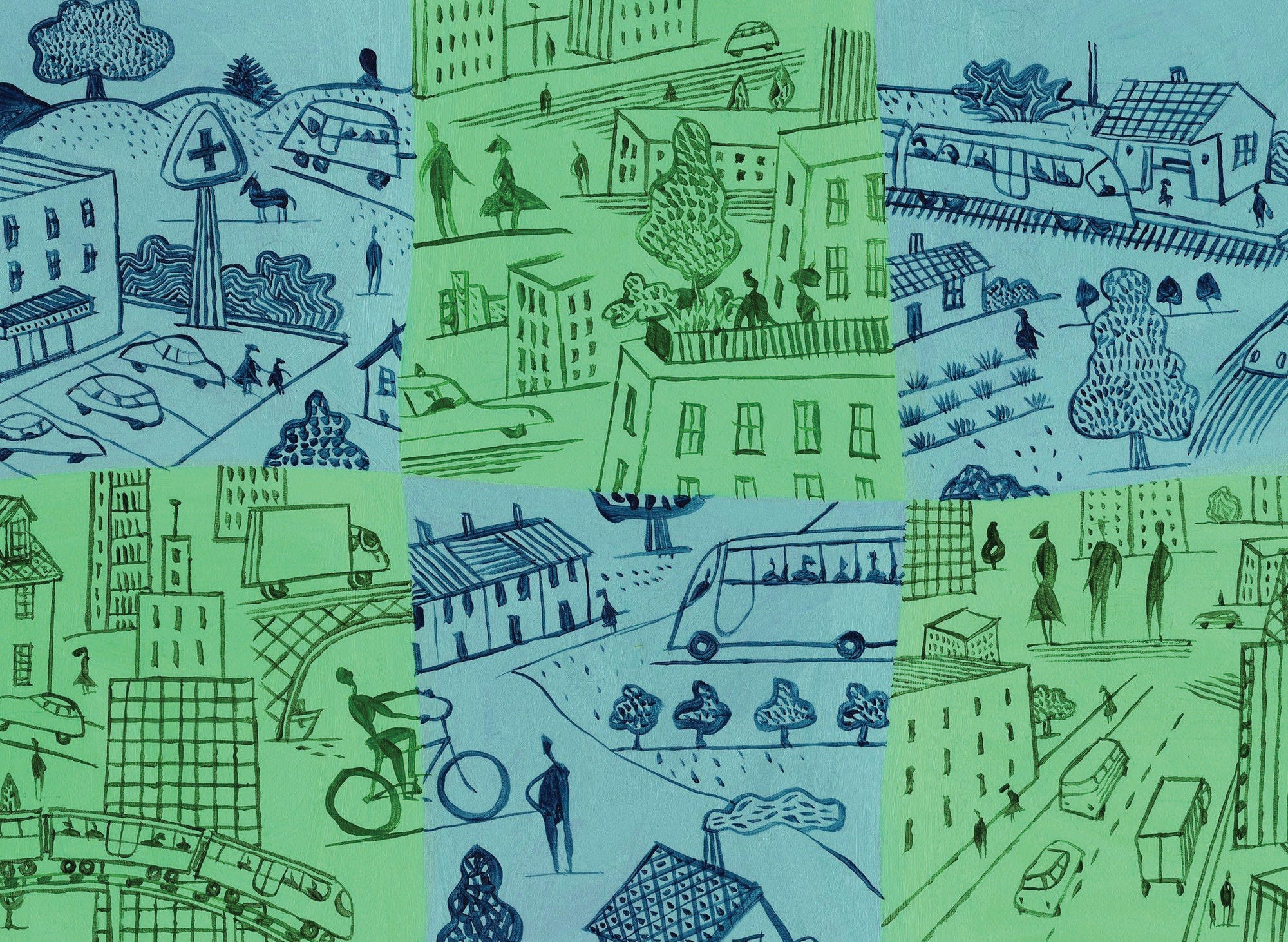Large metropolitan areas are experiencing higher tree cover loss than other areas, particularly in Australia and North America.
Deforestation, tree cover loss and habitat degradation are among the main drivers of wildlife displacement, which puts many species in closer contact with human settlements. Such closer contact can increase the risk of emerging infectious diseases, such as SARS, Ebola and COVID-19 (Brainard, 2020; OECD, 2020a). Protecting biodiversity and natural ecosystems from unsustainable human activity makes places less vulnerable to environmental and health risks. Yet, 15 out of 46 OECD and partner countries have not achieved the Aichi Biodiversity Target (integrated into the United Nations [UN] Sustainable Development Goals) of protecting at least 17% of their terrestrial areas by 2020 (Convention on Biological Diversity, 2011).
In 46 OECD and partner countries, regions protect 19% of their terrestrial area, on average, although there are large differences across regions. The share of protected areas (over the total regional area) in the most protected region is, on average, 30-percentage points higher than in the least protected region. In Brazil, Chile, France, Mexico, New Zealand, Peru and the United States, that gap exceeds 40 percentage points, with some regions having less than 10% of their area under protection. Expanding protection in regions with very low shares of protected areas could provide a significant contribution to reach the Aichi Biodiversity Target. For example, the percentage of protected terrestrial areas in Bolívar (Colombia), Guerrero (Mexico), Kansas (United States), Kursk (Russian Federation), La Pampa (Argentina), Manouba (Tunisia) and Western Black Sea-West (Turkey) falls below 1.5% (Figure 3.1).
Large within-country differences exist also in the protection of coastal areas. In the OECD, the most protected coastal regions assign 40% of their coastal areas a conservation status, compared to an average of 8% in the least protected ones. Preserving marine and coastal ecosystems helps halt overfishing, marine pollution and dead zones (i.e. areas where aquatic life cannot survive). Nonetheless, regions such as Auckland (New Zealand), Bolívar (Colombia), Guerrero (Mexico), New Hampshire (United States), O’Higgins (Chile) and Prince Edward Island (Canada) protect less than 6% of their coastal areas. These outliers with particularly low levels of coastal conservation have led to large regional disparities in coastal protection in their countries, where the average gap between the most and least coastal-protected region exceeds 44 percentage points (Figure 3.2).
Containing deforestation and tree cover loss contributes to preserving natural ecosystems. Tree cover also reduces surface temperature peaks in heatwaves substantially. Tree cover area has declined in more than half of OECD cities (637 out of 1 193 functional urban areas [FUAs] with at least 50 000 inhabitants) between 1992 and 2018, with an average reduction of 3 percentage points. However, this trend is not homogenous across cities. While only half of cities in FUAs with less than 1 million people have seen a decline in tree cover between 1992 and 2018, 72% of cities in FUAs with 1 million people or more have suffered from tree loss. In Australia and North America, cities in large metropolitan areas (of more than 1 million people) and with fast population growth (1.5% per year on average) have experienced very pronounced deforestation over the last 2 decades, with a decline of 9 percentage points or more in their surface covered by trees (Figure 3.3-Figure 3.4).




